Yellow Jacket
What is Yellow Jacket?
Yellow jackets are thin wasps that can easily be identified by their black and yellow colouring. This colouring often makes people confuse them with bees. In fact, these critters seem to be the most common source of stings in the US.
In this article, we will shed some light on yellow jackets and some of the most interesting facts associated with them.
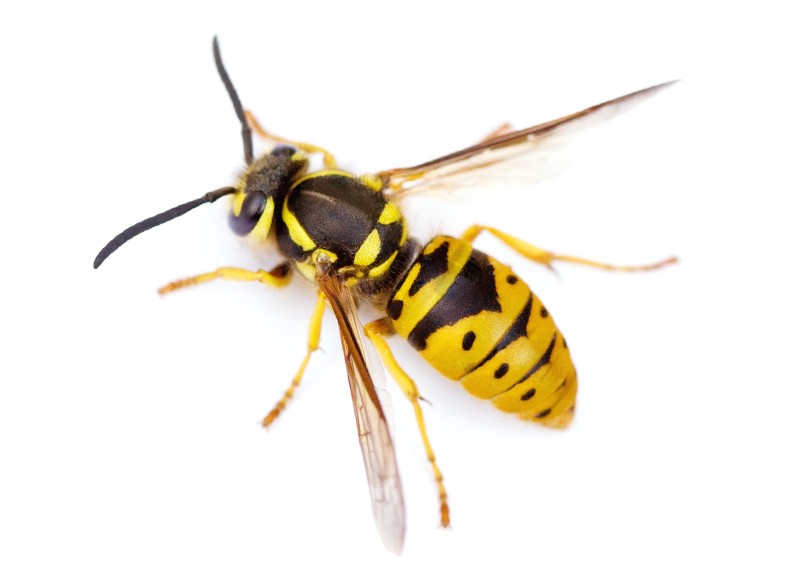
Picture of Yellow Jacket
Having a great time with your loved ones on a summer picnic? In no time, your fun is ruined by flying creatures. You see them and think, “Bees!” but these unwelcome little critters seem more like yellow jackets.
Yellow jackets are also known by other names, including:
- Vespula,
- Dolichovespula and
- Paravespula.
Members of the yellow jacket or Yellow jacket family, other than being the most common name in North America, are called ‘wasps’ in other nations where people speak English. These creatures are the crucial predator of other pests.
While bees can sting only once, this is certainly not the case with yellow jackets. They have the ability to sting you many times. They can easily find their way to your garden or yard because of their capability of smelling food or other things that catch their attention. Sweets and meats are the food items that entice these aggressive creatures to grills and other areas. Moreover, outdoor picnics seem more like an open invitation to starving yellow jackets.
These pests don’t cause structural damage to homes but can build their nests in walls or attics so that they defend themselves. There are times when yellow jackets bite through drywall to penetrate into living spaces.
Size and Appearance

Here is how an Yellow Jacket looks like…
Many people have a perception that yellow jackets and bees are the same because of their yellow and black stripes. But this statement does not hold true. In fact, yellow jackets differ from bees in several ways. These pests are called aggressive wasps because they don’t only garner food but keep their nests protected no matter what.
A typical worker is around half an inch in length, while the queen has a considerably large size and is about three-fourths inch in length. Not only do their bodies look sleek, but they are shiny as well. They have two wings to fly. But the most unique feature is the black and yellow bands covering their abdomen.
Bees have a round shaped and hairy body. The body of the yellow jacket, on the other hand, is not only thin but smooth as well. However, the bodies of these creatures are slender between their abdomen and thorax. They can deliver multiple stings at once and are loaded with spear-like stingers.
Habitat
Yellow jackets can be found in woodlands, orchards, farms, playgrounds, meadows, cemeteries and other areas as well. Belonging to the family ‘Vespidae’. Even though the reproduction takes place in a number of habitats as well as locations, there are various species of these annoying pests that build their nests in the same way.
Yellow jackets are scattered all around the world, but they seem exceptionally common in North America. They can build their nests without hassles in a plethora of environments. Being amazingly adjustable, they prefer to live in urbanized, suburban and rural settings.
Yellow jackets look for a warm place for living. These places consist of underground, leaf litter or old logs. A queen belonging to this family (southern yellow jacket or eastern yellow jacket), after sleeping over the winter, searches for the uninhabited burrows so that she can build her nest underground. Even though you can have a close encounter with these critters flying in and out of small holes in the soil, their nests cannot be found easily.
However, there are some yellow jackets (German yellow jacket) that build their nests in sheds, attics and structural walls.
Life Cycle
The life cycle of yellow jackets seems to be a lot complicated compared to the ones of solitary wasps and other small creatures. To begin with, these insects grow from their egg stage, turning into adults by means of complete metamorphosis. The development stages of yellow jackets can be segregated into four parts, including:
- Egg
- Larva
- Pupa
- Adult
The queen of the nest, with the ability to store sperm obtained from male partners she bred, can lay fertile eggs in the new nest without having to mate. She makes consistent use of sperm so that fertile eggs can be laid. That way, it results in the growth of her colony.
The eggs don’t take much time when it comes to hatching and they rapidly develop into larvae. Then the queen feeds these larvae, and they soon develop into pupae. As time passes, the pupae grow into adults.
All of these adults are workers with feminine qualities. These females take over the earlier duties of the queen as they not only protect but expand the size of the nest. Moreover, they take the responsibility of feeding the larvae breeding within the nest. The eggs take around a month for growing into adult workers. Then the role of the queen is to carry on laying eggs.
Lifespan
There are some colonies that start to decrease in the month of July or August. However, other colonies remain active and develop throughout September. As a homeowner, you can expect some of these creatures the following month. The nests of these critters in tropical as well as subtropical areas may sustain to grow for more than one season. In fact, these creatures may reach a massive size of 100,000 or more.
Yellow Jacket Sting
Stung by a yellow jacket? If so, it is advised that you come into contact with a professional.
A stinging insect like a yellow jacket uses its stings so that it can suppress its prey including spiders and other insects. Doing so allows the creature to protect itself or the colony. There are various species of yellow jackets that display aggression, some of the most fundamental reasons for stinging include feeding themselves or the members of the colony and not to forget, to safeguard their colony.
As mentioned above, a yellow jacket can sting a human as many times as it wants to, since it puts its stinger in the person. When you are stung by this aggressive creature, it cuts your skin using its stinger. Then it infuses a harmful poison that makes you feel sudden pain.
Fatigue, itching and warmth around the area the creature has stung are some of the most common symptoms for numerous individuals. Furthermore, you may experience redness around the affected area a few hours after having been bitten.
Yellow Jacket Sting Symptoms
Been stung by a yellow jacket? You are likely to experience redness or swelling around the area that’s been stung. However, there are some symptoms that require medical attention, including:
- Breathing Problems
- Problems in Swallowing
- Fever
- Nausea
- Feeling dizzy
- Vomiting
- Diarrhea
- Coughing
Yellow Jacket Sting Treatment
If the stung by a yellow jacket is causing a moderate reaction, don’t you fret? It can be dealt with at home. There are some important steps, including:
Apply a Steroid Cream
One of the most crucial steps when it comes to treating an affected area is to apply a steroid cream i.e. hydrocortisone cream. Doing so will not only reduce itching but swelling as well. Make sure you apply the cream onto the sting site thrice a day, and it can be bought online and is available over the counter.
Apply a Paste to the Sting
Consider making a paste by mixing water and meat tenderizer powder. This powder consists of enzymes that can weaken the poison of a yellow jacket. NEVER apply the paste near the eye.
Carry an Epi-Pen
Do you have allergies to yellow jacket stings? If so, it’s good to use an Epi-Pen. Keep it in your first aid kit or purse. Make sure you discuss with your doctor when it comes to using this prescription drug.
Take an Over the Counter Pain Reliever
There are some medications that can alleviate pain and irritation associated with the sting of this creature (yellow jacket). You can buy medications like acetaminophen or ibuprofen over the counter.
Use Vinegar to Reduce Itching
Using vinegar is a good idea as it acts as an astringent as it can keep you from itching at the sting site.
Yellow Jacket Nest
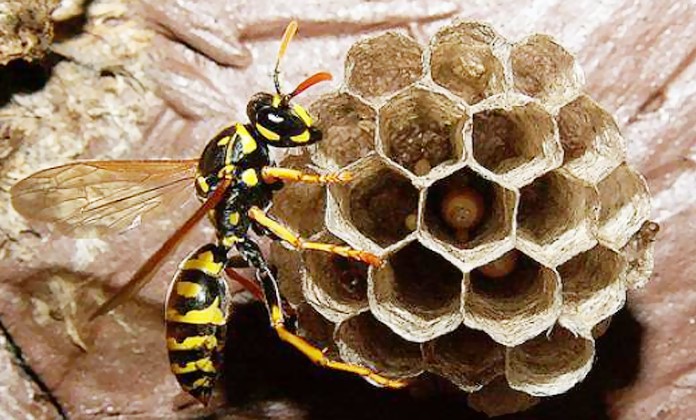
The Western Yellow jacket and Eastern Yellow jacket make their nests in the ground. These creatures use burrows of rodent as nests. And the common yellow jackets build their nests not only above but beneath the ground as well. There are some of these creatures that build their nests hanging from a tree.
A nest of this critter is somewhere between 500 to 15,000 cells. These cells comprise thousands of insects. If you run into a nest, consider getting in touch with a pest control professional without delay. Avoid touching or eliminating the nest on your own.
Pictures
Here are some of the pictures of yellow jacket:
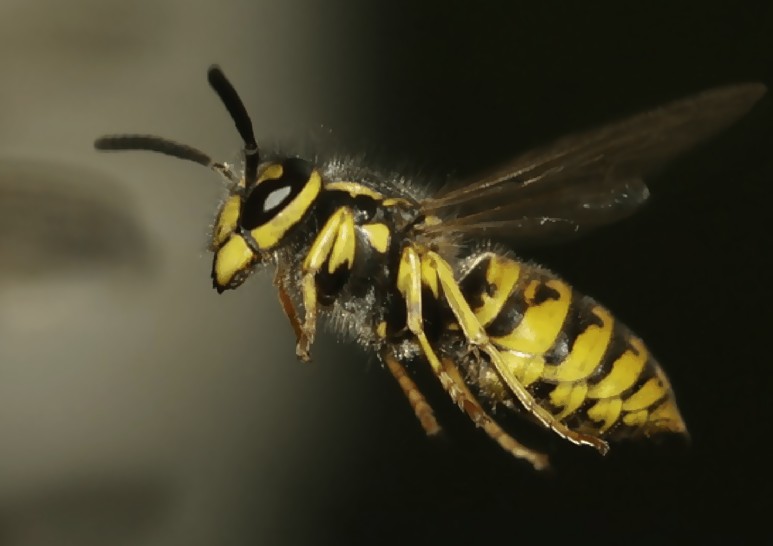
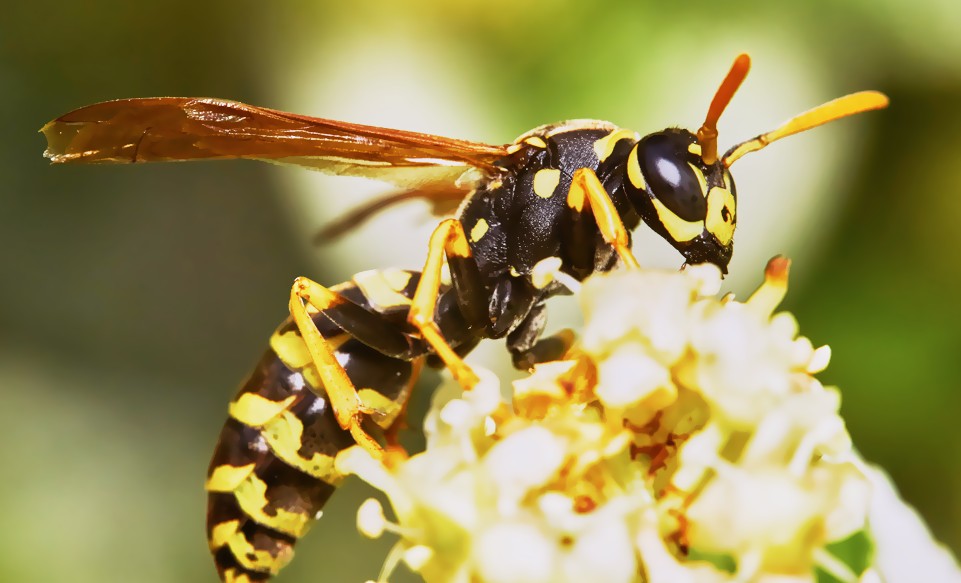
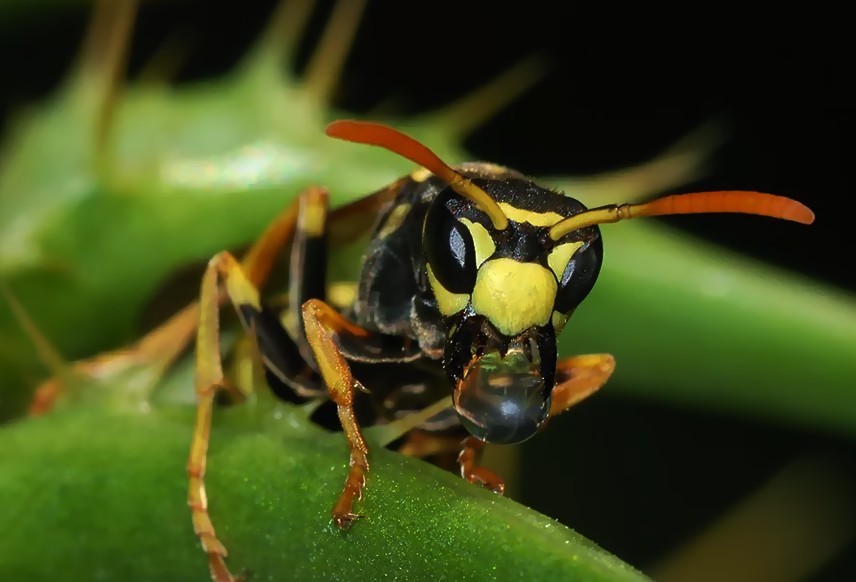
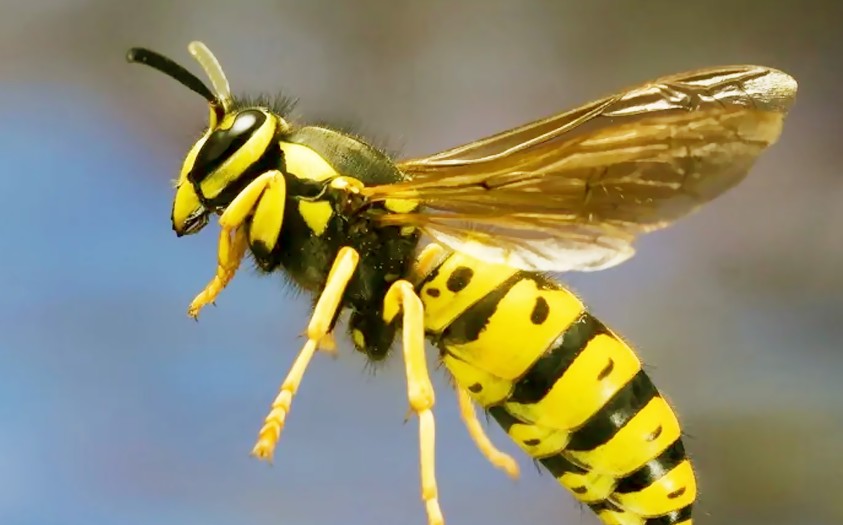
How to Get Rid of Yellow Jackets?
If you get up close and personal with a yellow jacket nest, leave it alone. Let the critter continue to feed on insects. The cold weather will vanish the colony. However, if you think that the nest is posing a great risk, then it becomes important for you to take the desired action.
Hiring a professional will be the smartest move you will make as it is not only the safest but easiest option. There are high chances of getting stung if you choose to get rid of the nest on your own. It is good to take preventative measures to control yellow jackets, including:
- Boiling or Drowning Yellow Jackets
- Spraying Yellow Jackets
- Suppressing Yellow Jackets
Facts
- Yellow jackets feed on insects as well as spiders. Moreover, they eat human food.
- Yellow jackets dwell in big colonies being social insects.
- Each of the colonies of these creatures can have populations somewhere between 1,500 and 15,000 workers.
- They consist of queens, workers and drones (males).
- The population of the yellow jacket increases during the summer time.
- The sting of this pest is awfully agonizing.
- Yellow jackets are known to be fierce while protecting their nests.
